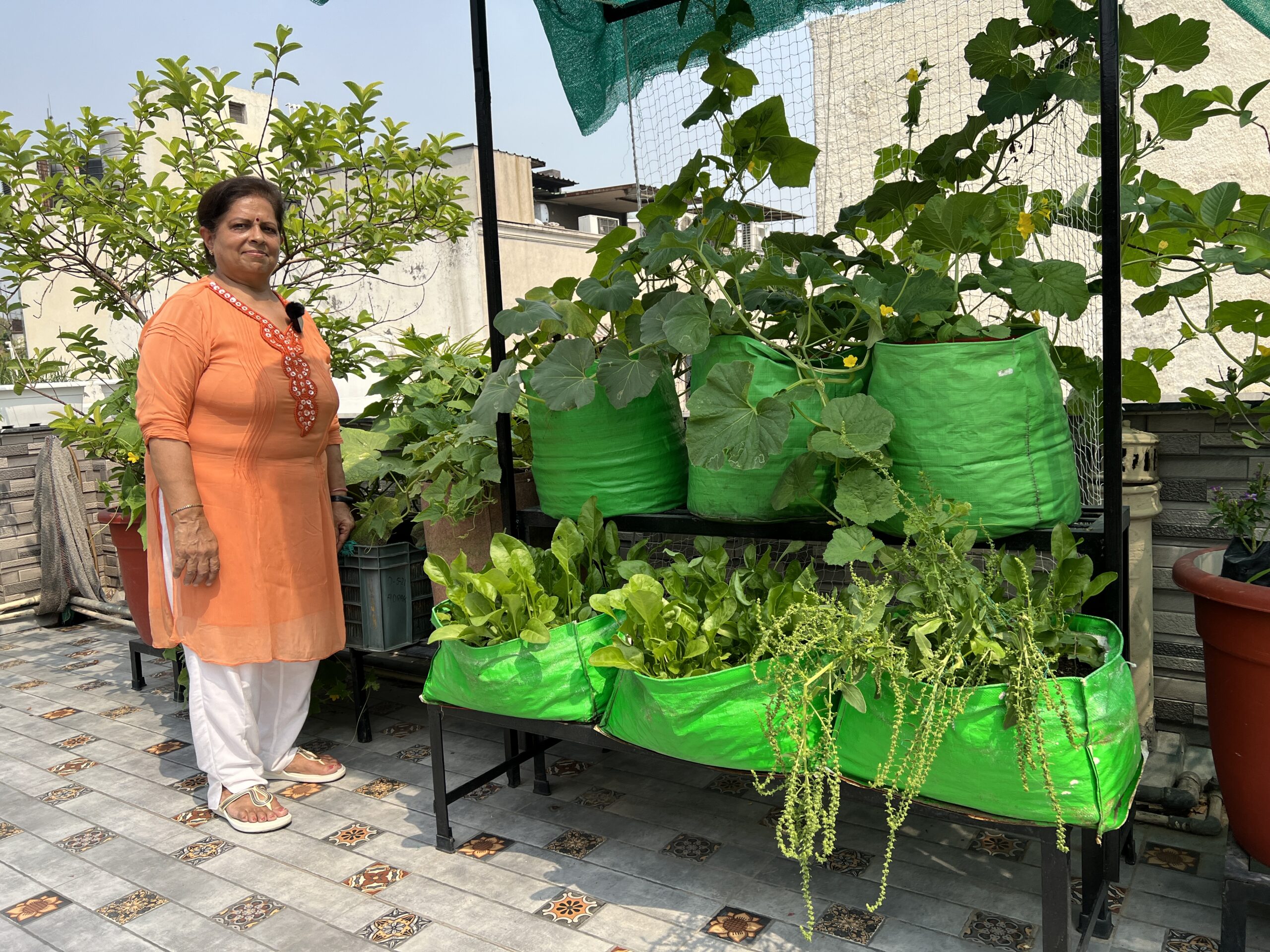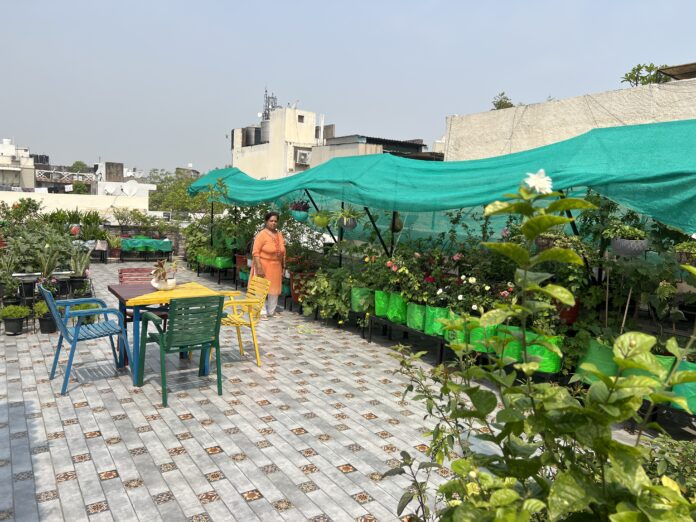Terrace gardening has gained immense popularity in India, allowing urban dwellers to cultivate their own fresh produce and create a green oasis in limited spaces. When it comes to maximizing vertical space, growing climbing vegetables is an excellent choice. These plants not only add a beautiful visual element to your terrace garden but also provide a bountiful harvest. In this article, we will explore the five best climbing vegetables that thrive in the Indian climate, allowing you to enjoy the benefits of homegrown vegetables right on your terrace.
- Bottle Gourd (Lagenaria siceraria): Bottle gourd, also known as Lauki or Calabash, is a popular climbing vegetable in India. This versatile plant grows well in warm climates and requires a sturdy support system to climb. Bottle gourd vines can reach impressive lengths, producing an abundant supply of tender and nutritious fruits. Known for its cooling properties, bottle gourd is a staple in Indian cuisine and is used to prepare a variety of dishes like curries, soups, and stir-fries. Growing bottle gourd in your terrace garden ensures a fresh and pesticide-free supply of this nutritious vegetable throughout the season.
- Snake Gourd (Trichosanthes cucumerina): Snake gourd, or Padwal, is another climbing vegetable that thrives in the Indian climate. With its long, slender fruits, snake gourd is not only visually appealing but also packed with nutrients. It requires a trellis or a sturdy support system to grow vertically. Snake gourd is a common ingredient in South Indian and Maharashtrian cuisine, used in curries, stir-fries, and chutneys. Adding snake gourd to your terrace garden will provide you with a fresh and flavorful ingredient that adds a unique touch to your culinary creations.
- Indian Beans (Lablab purpureus): Indian Beans, also known as Hyacinth Beans or Val, are popular climbing vegetables in India. These fast-growing vines produce attractive purple or white flowers and pods filled with edible beans. Indian Beans thrive in warm and humid climates, making them an excellent choice for terrace gardens in India. The tender and flavorful beans can be used in a variety of dishes, including curries, stir-fries, and salads. Growing Indian Beans vertically not only saves space but also adds a touch of beauty to your terrace garden.

- Bitter Gourd (Momordica charantia): Bitter gourd, or Karela, is a climbing vegetable widely cultivated in India. Despite its bitter taste, bitter gourd is packed with nutrients and is known for its numerous health benefits. The vigorous vines of bitter gourd require sturdy support systems, such as trellises or stakes, to climb. Bitter gourd is a popular ingredient in Indian cuisine, used in stir-fries, curries, and pickles. By growing bitter gourd in your terrace garden, you can enjoy the fresh and bitter goodness of this vegetable, which is considered beneficial for regulating blood sugar levels.
- Pumpkin (Cucurbita spp.): Pumpkin, or Kaddu, is a versatile climbing vegetable that thrives in the Indian climate. With its large, vibrant yellow flowers and round fruits, pumpkin plants add a touch of beauty to any terrace garden. Pumpkins require ample space and a sturdy support system to grow vertically. These nutritious and flavorful fruits are used in a wide range of Indian dishes, including curries, desserts, and soups. Harvesting homegrown pumpkins from your terrace garden ensures that you have access to fresh and delicious produce throughout the season.
Tips for Successful Terrace Gardening:
- Choose the right location for your terrace garden, considering factors like sunlight exposure, wind, and access to water.
- Use suitable containers or raised beds with adequate drainage to prevent waterlogging.
- Provide a sturdy support system, such as trellises, stakes, or fences, for climbing vegetables to grow vertically.
- Regularly monitor soil moisture levels and provide appropriate watering



